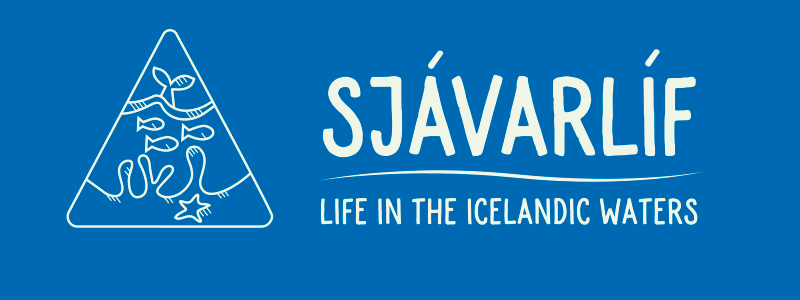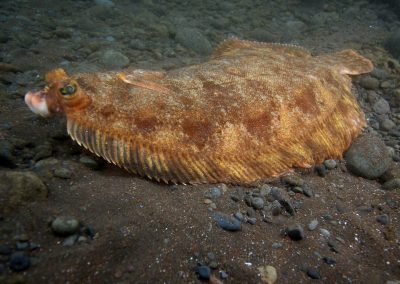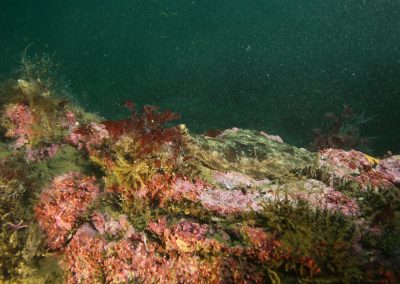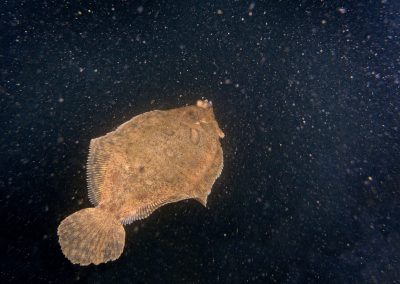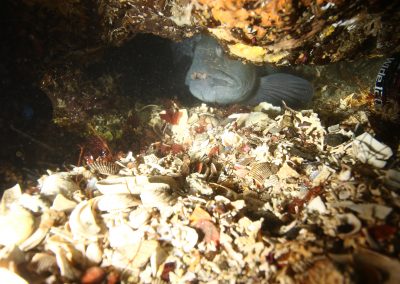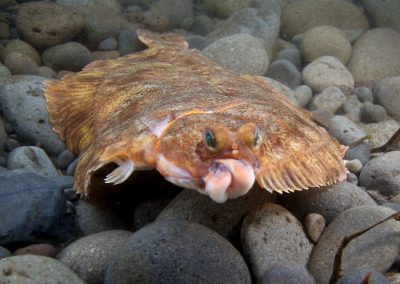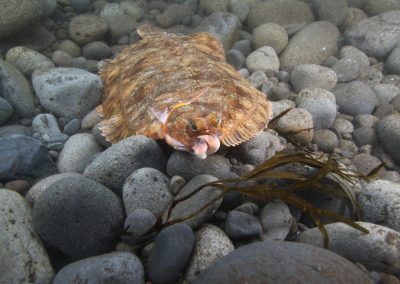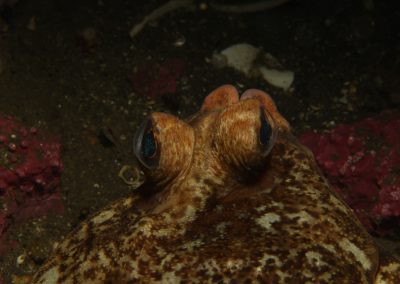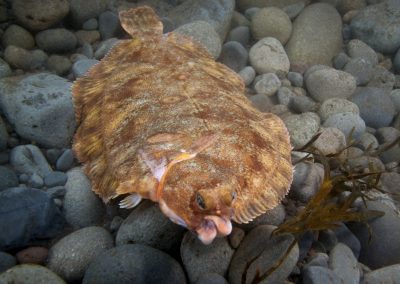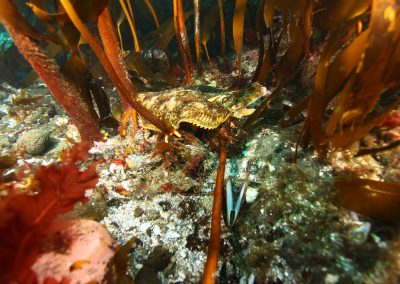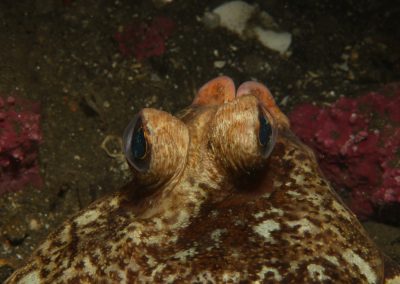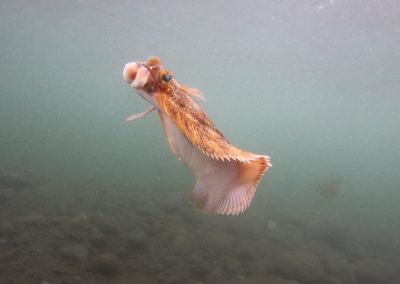Lemon sole
Microstomus kitt
The lemon sole is a medium sized rather thickset flatfish, usually around 30 cm long, but the largest individual caught measured at 65 cm.
Distribution
Mostly it occurs on rocky or sandy bottoms at depths between 50 to 300 m. Its body is less rigid than other flatfishes, probably adaption to living on rougher bottoms. It is found in European waters from Murmansk in the north to the Bay of Biscay in the south. Also, around the Faroe Islands, in Greenlandic waters and from Labrador to Cape cod in North America. The lemon sole is found all around Iceland but is much rarer in the colder waters north and east of the country.
Ecology
Lemon sole feeds primarily on polychaetes, but also to a lesser extent on other groups such as sandeels. Its small mouth however restricts its feeding range. Spawning takes place along the south and southwest coasts, in March to June. Growth is rather slow, but females grow faster than males. Most of the males are sexually mature at 5, and females at 7. It sole can reach 14 years of age.
Fisheries
Per unit weight, it is among the most valuable species in Icelandic waters. After halibut (which is still more valuable) and plaice (which is much more abundant), lemon sole was the most sought-after flatfish by foreign fleets in Icelandic waters. These catches peaked at 3 000 tonnes in 1937. Catches fell again during WWII but increased again shortly after the war. Catches then started to drop when Icelanders gradually extended their EEZ.
Originally fisheries were almost exclusively by English and German boats, but after the Second World War by English and Icelandic vessels. Lemon sole has not been a very important fish in Icelandic fisheries and has usually been a bycatch. During the period from 1974 to 1984 catches were very low but increased rapidly after 1985 and have been quite high in recent years. Roughly half of the catch is by Danish seine, the rest mainly by bottom trawl and to a lesser degree lobster trawl.
HÞV
